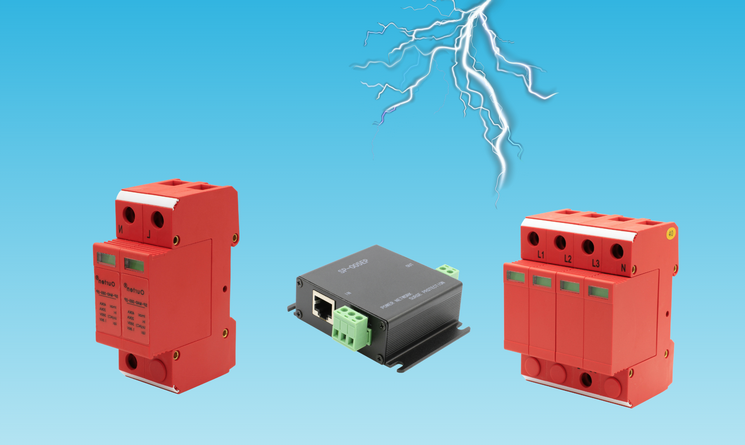
Surge protectors are widely used in communication and electronic devices, but their lifespan is often overlooked. Manufacturers generally don't specify a specific lifespan, as is common with most electronic components. Typically, surge protectors last around 3 to 5 years, but this is only a general estimate; the actual lifespan depends on several factors, including quality, environment, and how it's used:
Product Quality: High-quality surge protectors are made with carefully selected materials, undergo strict manufacturing and quality controls, and are thoroughly tested. These are usually more expensive but offer greater durability.
Surge Frequency and Intensity: Surge protectors are consumable devices and degrade with each discharge. Air-gap components, which act like switches, typically last longer than varistors. Air-gap components lose about 0.05% to 0.5% performance per discharge, allowing over 500 discharges under standard conditions. In contrast, varistors degrade by 0.1% to 1.2% per discharge and can handle around 85 discharges. These numbers are based on controlled lab tests, so actual performance may vary in real-life situations where surge intensity differs.
Installation Environment: Surge protectors in areas with frequent lightning or unstable power face more surges. For example, in some areas with about 80-100 thunderstorm days per year, and around three surges a day, a surge protector might last about three years. In comparison, areas with only 20-30 thunderstorm days per year could see a much longer lifespan for their surge protectors.
Maintenance and Monitoring: Regular inspections of grounding systems and the surge protector can help extend its lifespan. Some protectors feature indicators or monitoring platforms to track performance.
Since surge protectors are consumables that cannot be restored to peak performance, regular replacement is recommended, especially in critical systems like power grids, railways, and drilling operations, to maintain reliable protection.